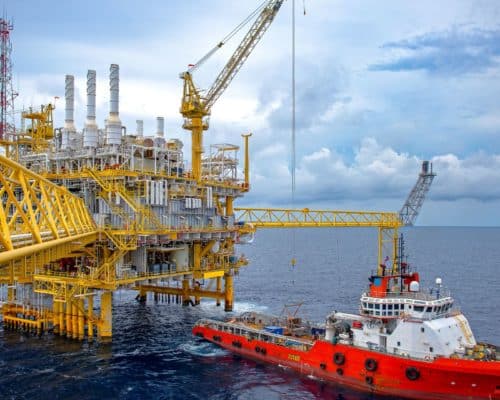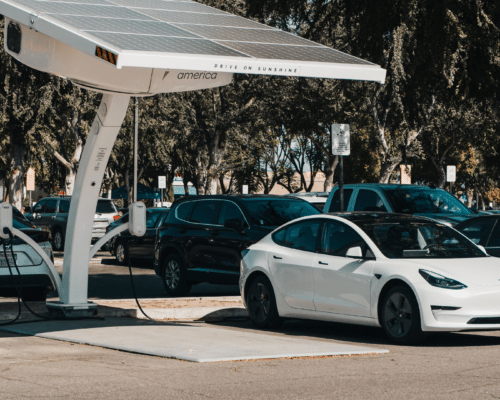Blog
Sustainable Flying – Can Air Travel Be Carbon Neutral?
Will sustainable flying ever arrive? The aviation industry is heavy on carbon emissions and oil. Net-zero goals and carbon capture could help.
Top Concerns of Young Filipinos and How LNG Expansion Magnifies Them
The United Nations General Assembly declared that everyone has a right to a healthy environment. But with the country's LNG developments, the hope for a healthy future for young Filipinos, especially island-dwellers, is uncertain. A climate advocate speaks about why young Filipinos should oppose LNG projects in the country.

Which Oil Companies Are Transitioning To Renewable Energy?
Oil companies and renewable energy generally aren't synonymous. Yet, today oil companies are now transitioning and investing in renewables.
Power Crisis in India – Picking up the Pieces After the Heatwave
India’s poorest communities are still reeling from the intense heatwave that recently enveloped the country. At the same time, infrastructure assets are struggling to cope with this climatic upheaval. What could be the way out?
Energy Sector in India: Coping With The 2022 Heatwave
Record breaking heatwaves in India in 2022 caused huge surges in energy use and power outages from increased loads. Drastic measures were taken that included soaring coal use.
Zero-carbon Cement: Is It Possible To Go Fossil-Fuel-Free?
Can cement truly become zero carbon? Some companies think so, with some seeing up to a 70% carbon emission reduction in the production process.
Climate Change in Australia: How Will Labour Government Address it?
Australia’s latest plans to fight climate change and transform the country into a clean energy superpower are a welcome shift after a period of frustration.

How Southeast Asia Is Faring in the EV Race
As people become more aware of climate issues, countries are starting to look towards EVs as a way to decarbonise. This has resulted in many governments pushing for measures to electrify road transport. Investors are also increasingly turning to the EV ecosystem as an attractive, long-term investment.
How Google Is Tracking Global Methane Emissions and Air Pollution
Methane emissions from natural gas are rising globally, affecting the climate. Across cities, Google is now tracking where the leaks happen.
Green Steel Makes Headway in 2022 But Is It Ready To Take Off?
It has been called the “holy grail of the steel industry”, a “precious treasure” and “our new commodity”. Green steel has generated a lot of excitement lately. But, when will we see it around us?
Germany, Japan Must Not Undermine G7 Commitment to End Fossil Fuel Finance
The G7 must show leadership to address several crises' facing energy and food security, climate and the Ukraine war. The G7 commitments must not be watered down with more empty promises.
Green Energy Companies Driving the Net-Zero Transition
While the global energy transition is a collective effort, it won't be possible without green energy companies driving the innovation the industry. We look at some of the leading sustainable energy companies and technology manufactures and their plans to influence net-zero goals.
How Iceland is Capturing and Storing Carbon Forever
Climeworks' Orca carbon capture facility in Iceland is an example of how to implement renewable-powered direct air capture(DAC) technology. It should be seen as a blueprint for similar projects around the world. However, DAC is still an expensive proposition, and it will fall on governments to support the industry as the technology improves and costs decline.
Greenwashing Examples 2022: 10 Companies That Greenwash
Greenwashing is found in small and large companies alike, yet the impact is still the same. It erodes customer confidence in sustainability and allows negative environmental impacts. To better combat climate misinformation, it is important to look at, and understand, some of the most prominent cases.
Most Popular
Categories
-
9
-
33
-
126
-
4
-
17
-
43
-
52
-
11
-
10
-
15
-
24
-
6
-
6
-
247
-
195
-
13
-
23
-
1
-
1
-
23
-
38
-
41
-
84
-
18
-
81
-
41
-
17
-
10
-
40
-
41
-
86
-
284
-
21
-
39
-
35
-
10
-
41
-
36

